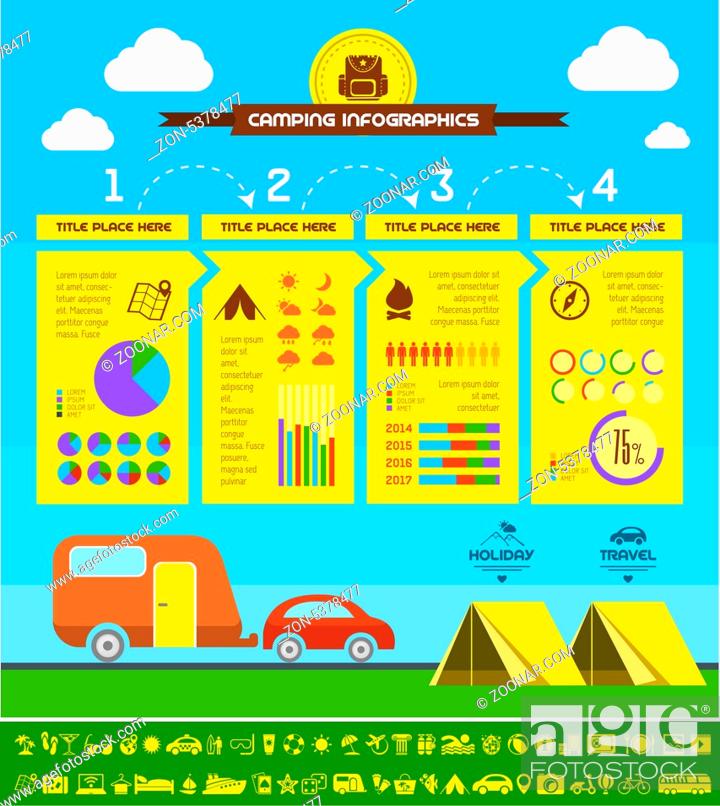The Hold Hitch is a straightforward and safe and secure means to establish camping tent man lines. It's additionally a fantastic strategy for backing out a persistent camping tent peg. It can also be made use of to develop an adjustable tarp individual line where the change is made at the tent/tarp end. It works in high winds as it doesn't slide.
1. Bowline
Bowline is a knot that makes a loop at one end of a rope. It's simple to link and unknot, and it withstands obstructing fairly well.
It's additionally a great knot to use for joining two lines together, although it's generally recommended that you utilize a various strategy (such as a sheet bend or square knot) for this function, to stay clear of having the two different bowlines put on against each other gradually and damage the line.
One potential issue with bowlines is that they can quickly jam or bind if the functioning end is inaccurately travelled through the bunny opening. Numerous critical failures have been reported as a result of this, specifically when used in climbing applications. To assist stop this from happening, you can make a left-handed bowline by passing the end around the standing part of the loop instead of through it, as shown in the animation below. This variation reportedly carries out better and holds up against ring stress (a distending force applied either side of the knot) much better than the conventional bowline.
2. Hold Hitch
Using these clutching drawbacks to safeguard your individual lines aids you stay clear of the trouble of your line jamming while readjusting or tightening them. They are additionally valuable when connecting a line to an item that is more challenging to get to than your standing end, such as a tree or huge anchor item.
The Hold Hitch is a friction knot that can be conveniently changed up or down the line while slack yet holds firm under tons. It is useful for tensioning ridgelines or man lines and for camping applications to secure tarpaulins or tents.
To tie the Grasp Drawback, pass the functioning end around the standing part twice and put it under itself. To tighten, pull on the working end to create a bight and afterwards utilize the bight to secure the knot to itself. For added safety and security, you can wrap the working end around the standing part three times to increase rubbing and prevent the hitch from sliding under load.
3. Midshipman's Hitch
Additionally referred to as the Taut Line Hitch (ABOK # 1856, p 310), Adjustable Drawback, or Rigger's Drawback this knot produces an adjustable loop at the end of a rope that can be moved backwards and forwards the standing end yet still holds securely when tightened up. It is likewise easy to unknot while under tons.
Ashley recommends this knot for an outdoor tents man line since unlike the bowline it can be connected while under tons and is less susceptible to turning. It likewise forms an intermediate Awning Hitch that can take the first tons while linking the final Half Drawback
To use this knot cover the working end around an object such as a pole or cleat. Following pass it back toward the things with the initial Half Drawback creating a 2nd Awning Drawback. Finally coating tying the last Half Drawback and draw hard to dress and tighten up. For additional safety wrap a second Midshipman's Hitch on canvas satchel top of the initial.
4. Adjustable Hold Drawback.
The Adjustable Grasp Drawback, also referred to as the Crawley Adjustable Drawback and the Adjustable Loop Knot, is a friction drawback that can be easily moved up or down a line with slack yet holds firm under tons. It is generally utilized for readjusting outdoor tents ridge lines or tarps around camp.
This slide-and-grip knot supplies good grasp and is simpler to link than the Tautline Drawback or Midshipman's Drawback, however should not be used for critical applications considering that it might slide when shock loaded. It can be improved by adding additional beginning turns to boost the "grasp" and friction in unsafe products.
To connect this rubbing drawback, pass the working end around the object, after that wrap it back along with itself and put completion under the second turn. Pull the working end to tighten the knot.
